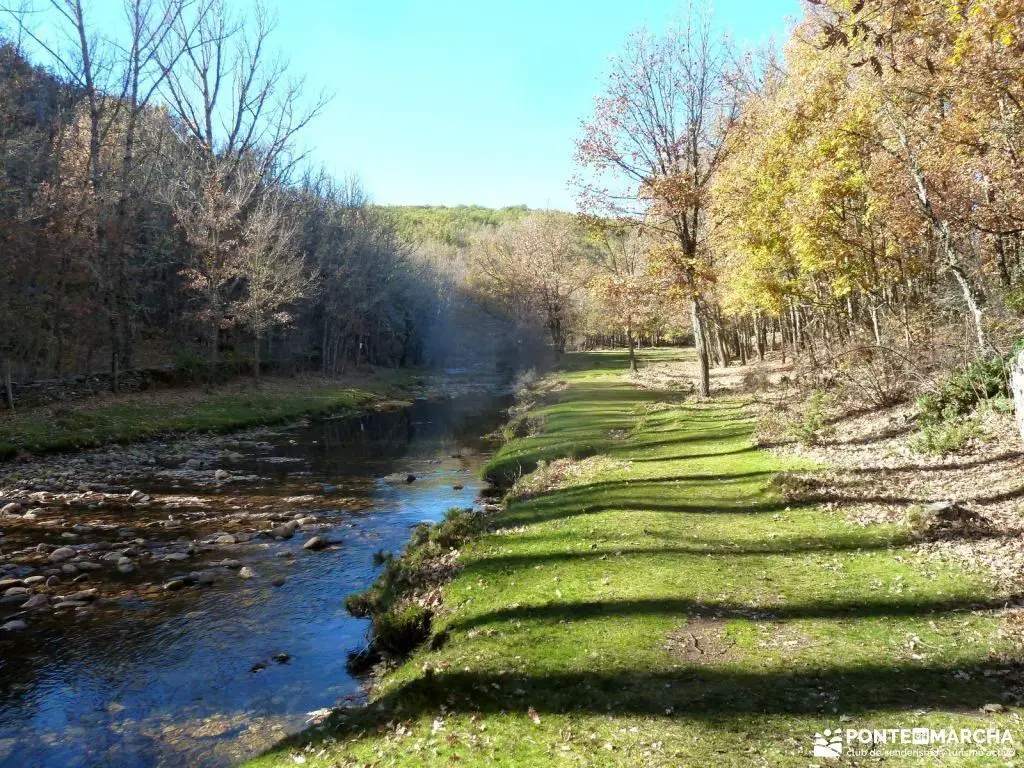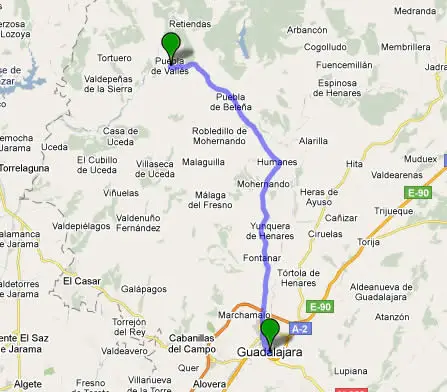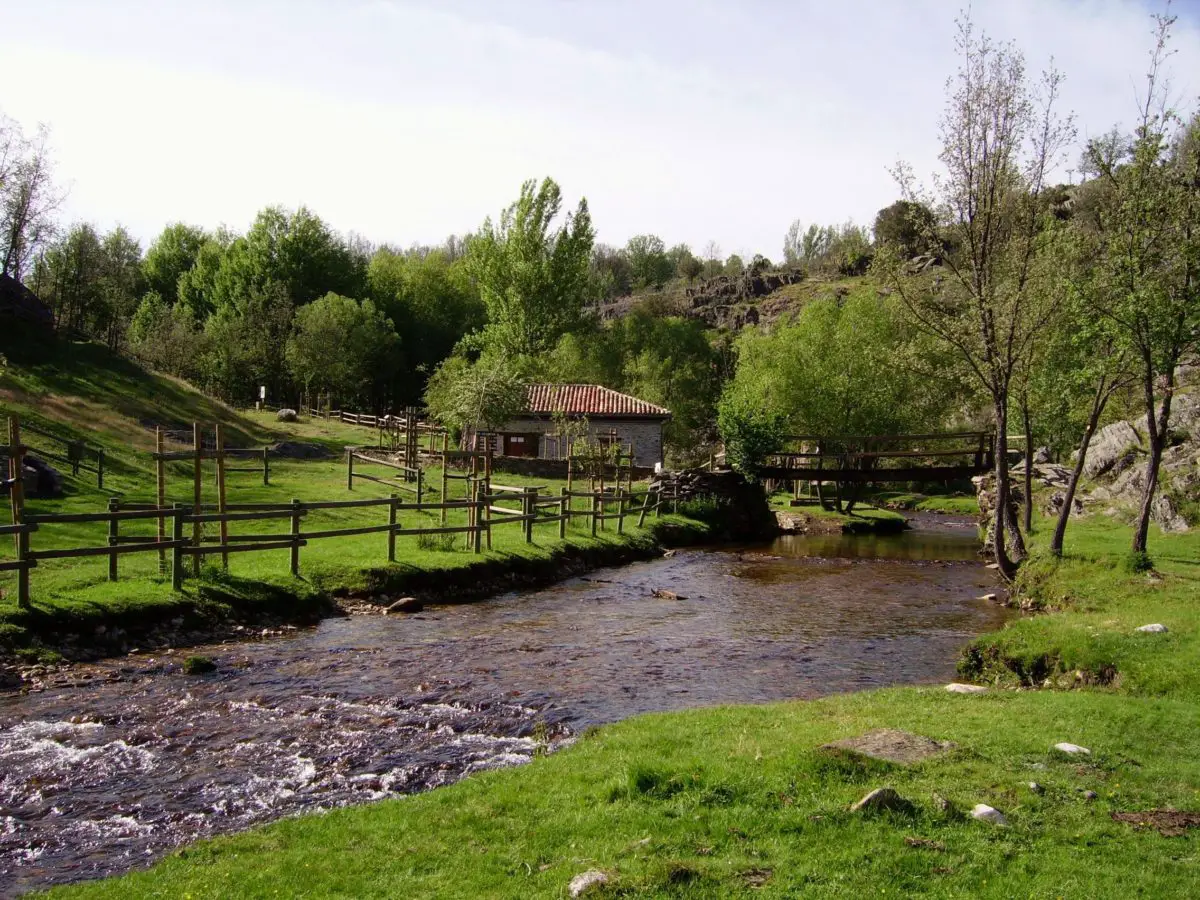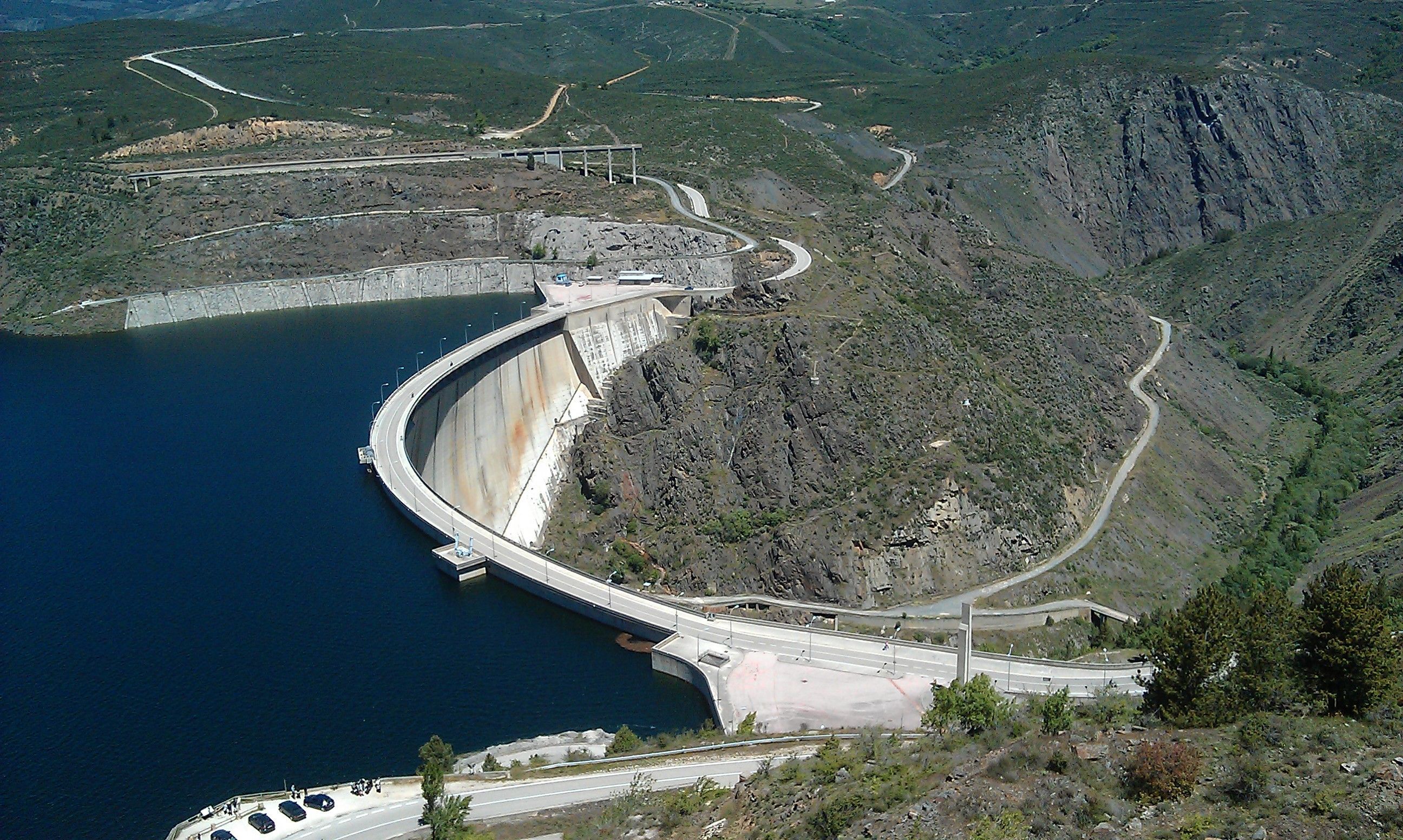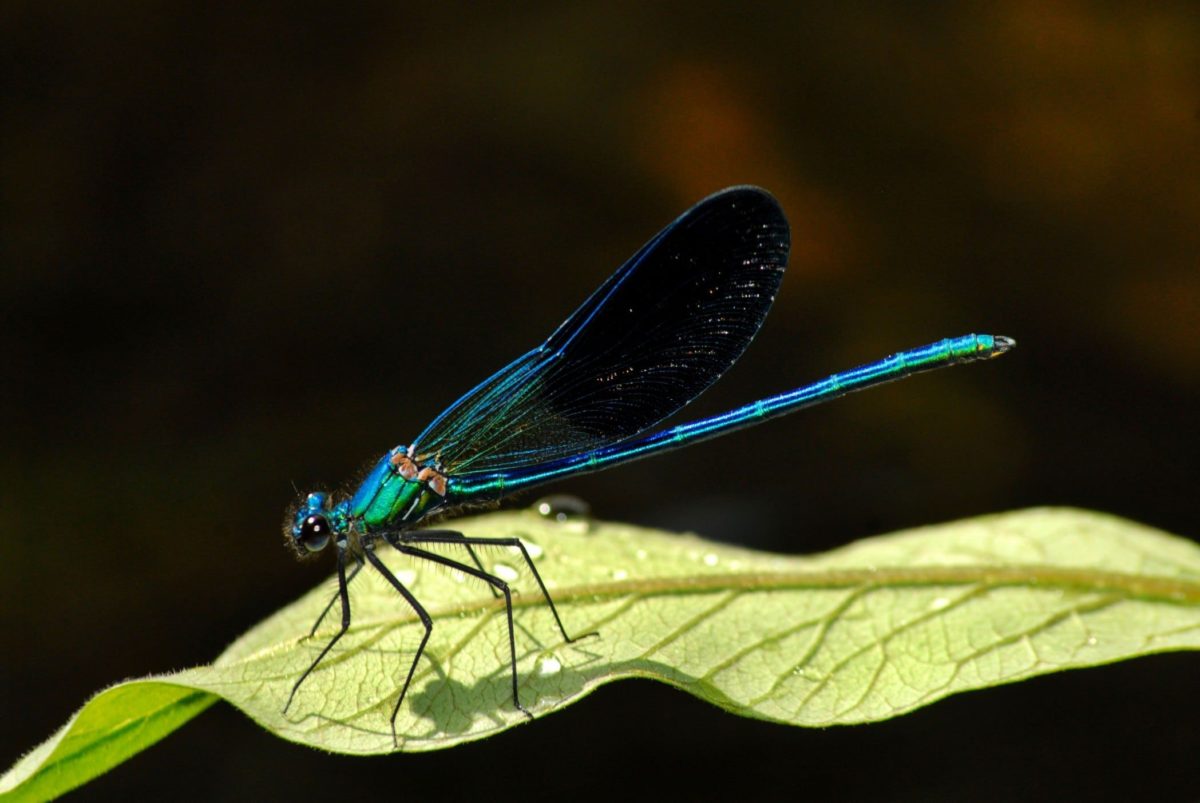There are many long, fast-flowing rivers in Spain, but the Jarama is the only one that flows from north to south of Madrid, and is a crucial factor in the balanced ecology of the area.
Indice De Contenido
Map and itinerary of the river Jarama
At the top of La Cebollera, also known as the Peak of the Three Provinces or Peña Cebollera, in Madrid, Spain, rises the River Jarama. From here, its flow is wild and crystalline, like all mountain rivers, with beautiful landscapes, climates and a diversity of plant and animal species that are a wonderful gift to the eye.
As it flows down its 198 kilometres, its waters are softened by the surface of the land, but also by the action of man, translated into the reservoirs that have been built along its course, the El Vado reservoir, by Guadalajara, although its waters are destined to meet the needs of Madrid.
Places crossed by the river Jarama
The first forest to be encountered is the Hayedo de Montejo, 250 hectares north of Madrid and Guadalajara. It flows from Guadalajara in La Hiruela, continues through Colmenar de la Sierra, Matallana, villages located in the Spanish sierras, and joins the river Jaramilla to be deposited in the reservoir of El Vado.
After receiving the river Lozoya, it begins to flow through the middle basin (see: Guadarrama River).
Middle basin
In the central basin we must mention the Andalusian watchtowers, stone towers used to keep watch from a height, usually for military purposes. Also of interest is the El Atazar reservoir, built in 1972 and the largest in Madrid.
In a north-south direction, it enters Madrid on the sides of Madrid-Barajas airport and continues to San Fernando de Henares, where this section ends. Here it receives the tributaries Henares, Manzanares and Tajuña (See: River Llobregat).
Lower basin
Where the Manzanares ends, there is a dam, the Presa del Rey, which drains the lower part of the river and flows into the Tagus, where its flow increases again. It is worth noting that the Jarama River is an important tributary of the Tagus River, the longest river in the Iberian Peninsula (see: Ebro River).
In the past, the Jarama River was an important factor in the country’s economy. Its banks still bear witness to this, with flour mills, the only ones in Madrid, and cattle pens, sheepfolds and sheds. This river was a source of food for the people who lived along its banks and worked in agriculture and fishing.
The fauna
The upper course of the river, the least polluted section, conserves water of the highest quality, which benefits hundreds of species whose habitat is not threatened. This is why species such as odonates, dragonflies or damselflies, are still preserved and maintained.
Of the various bird species that can be seen in the river, the yellow wagtail and the dipper are characteristic of areas with fast-flowing rivers or mountains. Others that take advantage of these clean and crystalline waters are trout, barbels and, if you are lucky, otters looking for their dinner among the trout.
Fishing
The El Atazar reservoir is the perfect place for those who love sport fishing. Pike, black bass, barbel and sometimes trout are very popular with anglers. The barbel is the most abundant, while the black bass is mainly found near the dam and between the dam and Cervera, a town in Catalonia.
https://youtu.be/HT8tCiyuBJk
Tributaries of the river Jarama
Its tributaries are the rivers Lozoya, Guadalix and Manzanares on the right, and the rivers Jaramilla, Henares and Tajuña on the left. The Jaramilla is dammed at El Vado, the name of the village that was under the water of the reservoir in 1950. (See: Río Lobos)
Overflows and floods
In Madrid, the flooding of its rivers is an important issue. Population and economic growth have led to the neglect of important aspects of protection and prevention of river flooding during the rainy season.
In 1995 and 1996, the rivers Jarama, Guadarrama and Tajuña partially overflowed after heavy rain and snowfall in the mountains.
Other interesting facts
During a flood of the river in 1639, fishermen were casting their nets and were surprised to find an image of Christ with only a trunk. The villagers agreed to call it “Ultraje”.
The Jarama circuit is the first circuit built in Spain, has hosted the famous Formula 1 races and covers 50,000 square metres.

